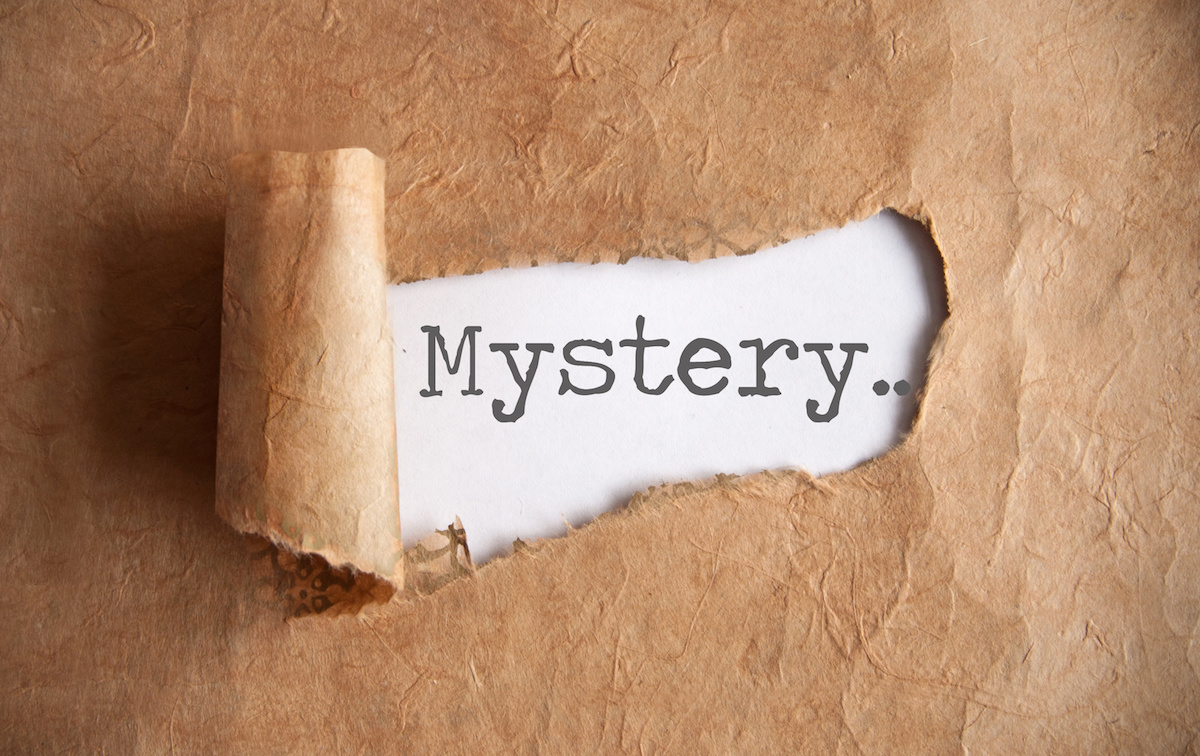
Mystery fiction is a genre that has fascinated readers for centuries. It draws readers in with its promise of hidden truths, complex characters, and the ultimate revelation of secrets. From Sherlock Holmes to modern thrillers, the allure of a well-crafted mystery lies in its puzzles—problems that need solving, clues that need interpreting, and twists that keep readers guessing until the final page. As a writer or an aspiring storyteller, crafting a compelling mystery requires more than just an interesting plot. It’s about creating intricate puzzles within the narrative that engage the reader and deliver an unforgettable experience.
I remember the first time I tried writing a mystery. It felt like a puzzle in itself. Every clue had to be carefully placed, every red herring considered, and every character needed to serve a purpose. It’s an art form that can be challenging but ultimately rewarding. In this post, I’ll walk you through the process of developing puzzles within your mystery narrative, from planning your clues to keeping readers on their toes. Whether you’re writing a cozy whodunit or a complex detective thriller, the principles of puzzle-making apply to all types of mystery storytelling.
What Makes a Good Mystery?

A good mystery hinges on several elements that keep the reader engaged and invested in solving the puzzle. It’s not just about the crime or the mystery at hand; it’s about how the story is told, the clues that are introduced, and the resolution that provides closure. Here are a few things that make a mystery work:
1. A Strong Central Puzzle
At the heart of every mystery is a puzzle—whether it’s a murder, a missing person, or a stolen object. This puzzle needs to be complex enough to engage the reader, with multiple layers that will challenge the protagonist (and the reader) to dig deeper. A well-constructed mystery will give enough information for readers to make educated guesses but not enough to make it obvious who the culprit is or how the problem will be solved.
2. Compelling Characters
Mystery stories often feature detectives, amateur sleuths, or ordinary people caught up in extraordinary circumstances. These characters should be multidimensional—flawed, complex, and with their own motives or secrets. The protagonist should be smart and observant, able to piece together clues, but also vulnerable and human, making mistakes and learning along the way.
I’ve always found that the most memorable mystery characters are those who are just as complicated as the puzzles they’re trying to solve. A perfect detective may solve every puzzle easily, but it’s the imperfections and struggles that make the journey exciting.
3. Well-Timed Twists and Turns
The pacing of a mystery is essential knowledge. You want to keep your readers engaged and constantly guessing. This is done through the strategic use of twists and turns—clues that lead the protagonist (and the reader) down one path, only to reveal that the answer lies elsewhere. Red herrings are important here—they mislead the reader, adding complexity and mystery to the story, but they should still be believable enough that the resolution feels satisfying.
In my own writing, I’ve learned that a good twist doesn’t just surprise—it should feel earned. The key is to lay the groundwork for the twist earlier in the story, so when it happens, the reader feels both surprised and satisfied.
Developing Puzzles: How to Craft Mystery Clues
Now that we know what makes a good mystery, let’s dive into the heart of puzzle development: the clues. Clues are the lifeblood of any mystery narrative. They guide the protagonist and the reader toward the solution, but they also keep the story intriguing by being scattered, misleading, or difficult to interpret. Here’s how to develop your clues:
1. Start with the Solution
The best way to start crafting your mystery is by knowing the solution. What’s the crime or mystery that needs solving? Who is the culprit, and how did they do it? Once you know the end, you can work backward to develop the clues that will lead to that conclusion. This method helps you ensure that every clue has a purpose and that they all fit together logically.
I remember when I first started outlining my mystery stories, I would make the mistake of planting clues randomly. The result was a confusing and convoluted plot. Once I started plotting backwards from the solution, it became much easier to integrate each clue into the narrative.
2. Plant Clues Early and Subtly
A good mystery will gradually reveal its clues without making them too obvious. It’s tempting to highlight important pieces of information, but subtlety is key. Readers should be able to look back at the clues after the mystery is solved and say, “Of course! That makes sense!” without feeling that the solution was too easy or forced.
For example, in a murder mystery, you might introduce a seemingly innocuous conversation early in the story about a character’s fear of water. At the time, it doesn’t seem important, but later, the victim is found drowned. This subtle clue can build tension and intrigue, making the reader feel rewarded once the connection is made.
3. Create Multiple Theories
In a well-crafted mystery, there should be more than one possible solution that the reader can consider throughout the story. Multiple characters might have motives, or different clues could lead down different paths. The key here is to build multiple theories without overwhelming the reader. You want them to feel like they’re on the right track but also like there’s more to the story than meets the eye.
Take, for example, the classic locked-room mystery. The reader might believe it was one character who committed the crime, but as the story unfolds, a new theory is introduced that makes the reader reconsider everything they thought they knew. Creating these multiple theories keeps the reader hooked, trying to piece together the puzzle themselves.
4. Use Red Herrings Wisely
A red herring is a clue that misleads the reader, sending them off in the wrong direction. While it can be a powerful tool to heighten suspense, a red herring should never be so prominent that it feels like it’s just there to deceive the reader. It should be plausible, believable, and tied into the narrative in such a way that when it’s revealed as a false lead, it feels like an earned moment in the story.
For instance, if a character is initially portrayed as guilty due to their suspicious behavior or seemingly incriminating actions, the red herring creates an intriguing tension. However, as the story progresses, the character’s behavior should be explained in a way that reveals their innocence while still making the solution to the puzzle clear and satisfying.
5. Reveal the Solution Gradually
The way the mystery is solved is just as important as the clues you plant along the way. Rather than dropping all the answers at once, it’s often more satisfying to have the protagonist uncover the solution step by step. This gives the reader time to process the clues and form their own theories.
For example, as your detective character uncovers a key piece of evidence, they might put together a few pieces of the puzzle, but there’s still one final twist to go. This buildup keeps the reader engaged and invested, ensuring that when the mystery is finally solved, it feels like a natural, earned conclusion.
Balancing the Puzzle: Keeping the Reader Engaged
One of the hardest things about writing a mystery is balancing the puzzle aspect with the narrative flow. You want the clues to be intriguing, but you also want the story to unfold at a pace that keeps the reader hooked. Here are a few tips to strike the right balance:
1. Don’t Overcomplicate the Puzzle
While it’s tempting to create a complex, multi-layered mystery, the puzzle needs to remain solvable. Too many twists, red herrings, or clues that don’t connect can confuse the reader. Remember, the best mysteries are those where everything falls into place in the end, making the reader think, “I should have seen that!”
2. Keep Tension High
Tension is the driving force behind any great mystery. Keep the stakes high, whether it’s the threat of harm to the protagonist, the ticking clock of solving the case, or the emotional investment in solving the crime. The more tension you build, the more rewarding the resolution will be when it comes.
Conclusion: Crafting a Great Mystery
Writing a mystery is like solving a puzzle. It requires careful planning, attention to detail, and a deep understanding of how readers engage with clues and twists. But with the right balance of hints, misdirection, and a satisfying resolution, you can create a mystery that keeps readers on the edge of their seats until the final page.
Whether you’re writing a cozy mystery or a high-stakes thriller, the process of developing puzzles within your narrative will shape the journey for both you and your readers. So, take your time, build your clues thoughtfully, and most importantly, enjoy the challenge of unraveling a good mystery.







